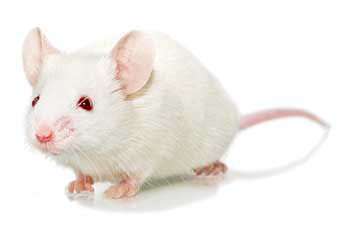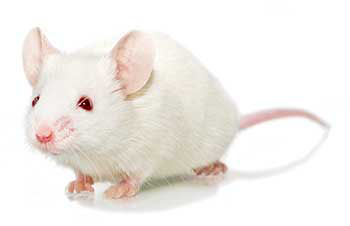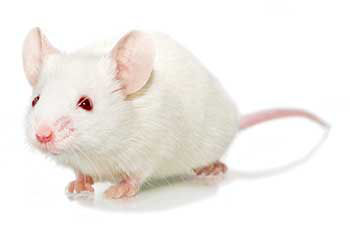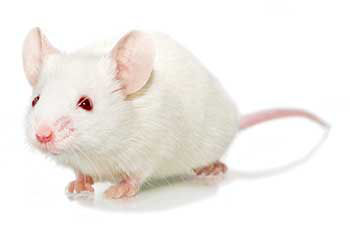Application Areas:
hIL-15 NOG
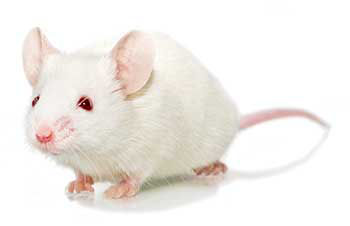
| Model No. | Nomenclature | Genotype |
|---|---|---|
| 13683-F | NOD.Cg-Prkdcscid Il2rgtm1Sug Tg(CMV-IL2/IL15)1-1Jic/JicTac | sp/sp;ko/ko;tg/wt |
| 13683-M | NOD.Cg-Prkdcscid Il2rgtm1Sug Tg(CMV-IL2/IL15)1-1Jic/JicTac | sp/sp;ko/y;tg/wt |
- Description
- Data
- Price & Licensing
- Health Report
- Overview
- Genetics
- Guides & Publications
- Applications & Therapeutic Areas
- Transit, Housing & Welfare
- Diet
Overview
Nomenclature: NOD.Cg-Prkdcscid Il2rgtm1Sug Tg(CMV-IL2/IL15)1-1Jic/JicTac
- Super immunodeficient NOG mouse expressing human IL-15 cytokine
- Predominant differentiation of human NK cells following human HSC engraftment compared to the base NOG mouse, but survival time is limited
- Engraftment and expansion of human NK cells following engraftment with CD56+ NK cells derived from PBMCs
- hIL-15 NOG mice produce human IL-15 in the range of 1.0-4.0 ng/mL as measured by MFI serology testing on serum in September 2022.
- The hIL-15 NOG mouse is optimized for engraftment of isolated primary human NK cells, immortalized human NK cell lines or human NK cell therapies. Humanization with HSCs is not recommended in this model. While HSC engraftment results in strong proliferation of NK cells, lifespan post-differentiation is very limited. Humanization of this strain with PBMCs is not recommended as an optimal model to study human NK cells, but may be of interest for GvHD applications.
- May be useful for efficacy studies involving antibody therapeutics with antibody dependent cell cytotoxcity mechanism of action
- Applications in research involving cancer, infectious disease, immunology, regenerative medicine and human immune system engraftment
Availability
Available now**Please note that advanced order placement is encouraged for male mice. Ordering 4 or more weeks prior to the desired shipping date is recommended when requesting males older than 3-weeks of age.
Recommended Controls
The recommended control for this model is CIEA NOG mouse.
Origin
The CIEA NOG mouse® was developed by Mamoru Ito of the Central Institute for Experimental Animals (CIEA) in Japan. The Prkdc scid mutation was identified by Mel Bosma of the Fox Chase Cancer Center in a C.B-17 congenic mouse population. This mutation was backcrossed onto the NOD/ShiJic strain at CIEA for at least eight generations. The Il2rg targeted mutation was developed by Dr. Kazuo Sugamura of Tohoku University by targeting the gene in ES cells derived from a 129 strain. Portions of exons 7 and 8 were replaced with a neo cassette. Targeted ES cells were injected into C57BL/6 blastocysts. Resultant chimeras were backcrossed onto the C57BL/6JJic background for at least eight generations. The CIEA NOG mouse® was developed by backcrossing the C57BL/6JJic-Il2rg line to the NOD/ShiJic-Prkdc scid line for a total of eight generations. The hIL-15 NOG mouse was developed by microinjecting a transgene consisting of a DNA fragment containing human IL-15 cDNA with a hIL-2 signal peptide, under the control of a CMV-promoter, into zygotes of NOD/ShiJic-Il2rg mice. Founders were backcrossed to NOG mice to establish the hIL-15 NOG line. Taconic received stock in 2014, and the line was derived through embryo transfer.
Genetics
Guides & Publications
Initial Publication:
- Ito M, Hiramatsu H, Kobayashi K, Suzue K, Kawahata M, Hioki K, Ueyama Y, Koyanagi Y, Sugamura K, Tsuji K, Heike T, Nakahata T. (2002) NOD/SCID/γ
 mouse: an excellent recipient mouse model for engraftment of human cells. Blood 100(9):3175-3182.
mouse: an excellent recipient mouse model for engraftment of human cells. Blood 100(9):3175-3182. - Fukuchi Y, Miyakawa Y, Kobayashi K, Kuramochi T, Shimamura K, Tamaoki N, Nomura T, Ueyama Y, Ito M. (1998) Cytokine dependent growth of human TF-1 leukemic cell line in human GM-CSF and IL-3 producing transgenic SCID mice. Leuk Res 22(9):837-43.
- Ikumi Katano, Chiyoko Nishime, Ryoji Ito, Tsutomu Kamisako, Takuma Mizusawa, Yuyo Ka, Tomoyuki Ogura, Hiroshi Suemizu, Yutaka Kawakami, Mamoru Ito, and Takeshi Takahashi. (2017) Long-term maintenance of peripheral blood derived human NK cells in a novel human IL-15- transgenic NOG mouse. Sci Rep 7(1):17230.
Applications & Therapeutic Areas
- Immunology
- Inflammation
- Oncology & Immuno-Oncology
- Cell and Tissue Humanized
Transit, Housing & Welfare
Need more info? Click the live chat button or Contact Us
Packing Practices
Taconic standard practice is to recombine animals of different home cages and/or ages from a single model and sex during packing, except in specific cases where Taconic's animal welfare policy prohibits recombination due to aggression or other concerns. When an order is fulfilled with animals from more than one week of birth, this standard practice results in animals from a range of birth weeks packed together in a single TTC. When an order is fulfilled with animals from genotyped models, this standard practice results in animals from different home cages packed together in a single TTC.
Customers who wish to keep animals from different weeks of birth separated should place orders with the special instruction "Divide and label by age." Note that this special request can result in increased costs for additional Taconic Transit Cages, dividers and/or freight charges.
Taconic discourages other types of custom packing requests as they can have a negative impact on animal welfare. Learn more.
Diet
Data
Human NK-Cells Engraft in hIL-15 NOG Mice
Distribution of long-term engrafting human NK cells in hIL-15 transgenic NOG mice
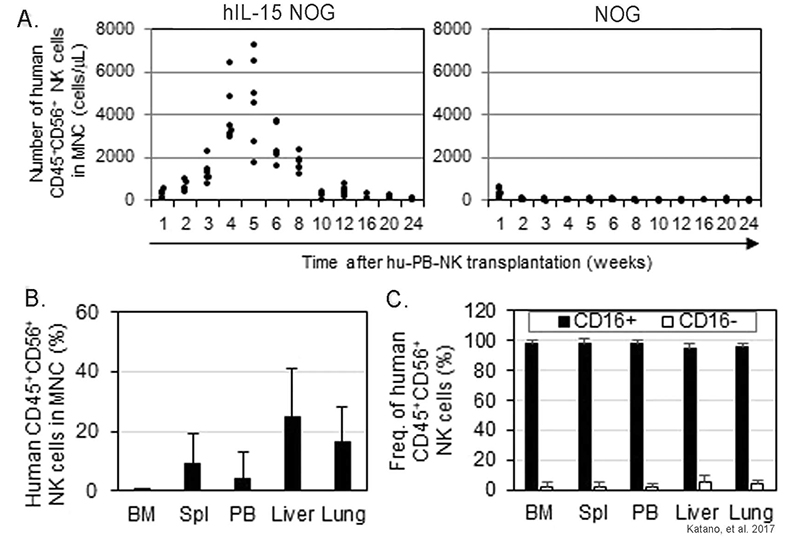
Figure 1: (a) Expansion of transferred human NK cells in NOG mice expressing human IL-15. X-irradiated NOG and hIL-15 NOG mice received human NK cells from peripheral blood magnetic cell sorting. Blood was collected and analyzed by FACS every week for 24 weeks after transfer. The absolute numbers of human NK cells in mouse peripheral blood are shown. (n = 6 for NOG and hIL-15 NOG mice). (b) Means +/- SD of the human NK-cell frequencies in each tissue are shown (n = 6). (c) Frequencies of CD56dimCD16+ and CD56hiCD16− subpopulations in total CD56+ NK cells are shown (n = 6 for bone marrow (BM), spleen, and PB; n = 3 for liver and lung). Adapted from Katano, et al. 2018 under Creative Commons Attribution License.
Human NK cells expand in hIL-15 NOG engrafted with human PBMCs
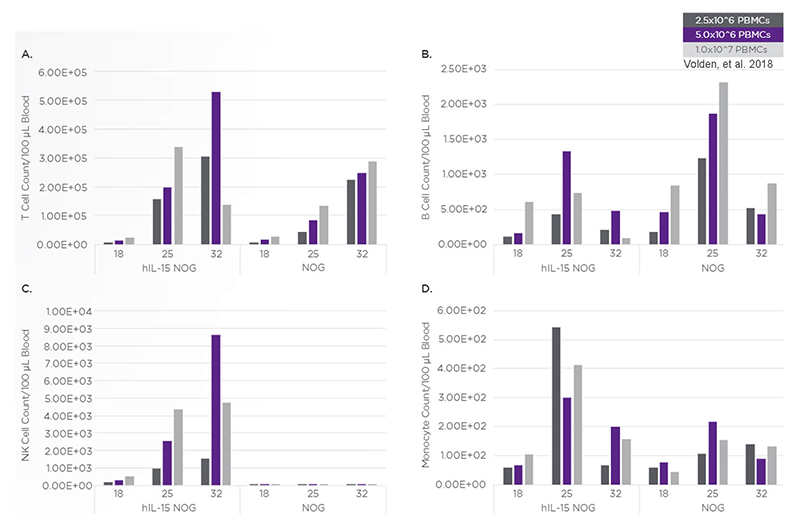
Figure 2: Human immune cell engraftment in hIL-15 NOG vs NOG mice. Data from peripheral blood analysis of human T cells (a), B cells (b), NK cells (c), and monocytes (d), performed at 18, 25, and 32 days post PBMC engraftment. Single donor's cells were engrafted into both models at the indicated cell dose. Adapted from Volden, et al. 2018.
Anti-tumor ADCC with NK-cell Humanized hIL-15 NOG Mice
In vivo antibody-dependent cell-mediated cytotoxicity (ADCC) activity human NK-cell engrafted hIL-15 transgenic NOG

Figure 3: (a) Tumor suppression by in vitro-expanded human peripheral blood NK cells and anti-Her2 treatment. Her2-positive NCI-N87 cells, a gastric-cancer cell line, were inoculated into X-irradiated hIL-15 NOG mice. Human peripheral blood NK cells, expanded in vitro, were transplanted with or without anti-Her2 antibody. (b) Tumor suppression by in vitro-expanded human NK cells and anti-CCR4 treatment. X-irradiated hIL-15 NOG mice were subsequently inoculated with L428 Hodgkin lymphoma cells. In vitro-expanded human peripheral blood NK cells were transplanted 1 week after tumor inoculation and administration of anti-CCR4 antibody or control antibody was started. Adapted from Katano, et al. 2018 under Creative Commons Attribution License.
Human NK-cell engrafted hIL-15 NOG as a model for antibody-mediated NK cell depletion and ADCC

Figure 4: (a) Experimental timeline and (b) study groups. (c) Dynamics of absolute NK cell numbers per microliter of blood over the course of the study. (d) NK cell staining with viability dye Zombie Violet. (e) Raji tumor growth kinetics and CD69 activation marker on peripheral blood (f) and tumor infiltrating (g) human NK cells. Adapted from Bunin, et al. 2019.
hIL-15 expression levels: A cohort of 12 female and 10 male hIL-15 NOG mice were assayed for hIL-15 levels in serum via Luminex assay. hIL-15 levels in serum were in the range of ~150-250 pg/mL.- Licensing
- Pricing - USD
- Pricing - EUR
- Pricing - DKK
- Pricing - USD Nonprofit
- Pricing - EUR Nonprofit
- Pricing - DKK Nonprofit
- Select my Health Standard
- Get Custom Pricing Guide
hIL-15 NOG
Nonprofit users (excluding users at nonprofit foundations which are affiliated with a for-profit entity): For internal research purposes, the CIEA NOG mouse® Conditions of Use for nonprofit users apply. If you wish to perform sponsored research or fee-for-service contract research using the CIEA NOG mouse®, please inquire for access conditions.
For-profit users and users at foundations which are affiliated with for-profit entities: The CIEA NOG mouse® Conditions of Use for for-profit users apply.
The CIEA NOG mouse® is produced and distributed under license rights to the following patents and trademarks:
- Japanese Patent No. 3,753,321
- US Patent No. 7,145,055; 5,464,764; 5,487,992; 5,627,059; 5,631,153; 5,789,215; 6,204,061; 6,653,113; 6,689,610
EP Patent No. 1,338,198 - Japanese Trademark Reg. No. 4,823,423
- US Trademark Reg. No. 3,118,040
- EU Trademark Reg. No. 3,736,758
Pricing - USD
Opportunist Free (OF) Health Standard
13683 Female
13683-F Genotype sp/sp;ko/ko;tg/wt
Available now
| Age in Weeks | Quantity 1 - 999 |
|---|---|
| 4 to 10 | US$394.00 |
13683 Male
13683-M Genotype sp/sp;ko/y;tg/wt
Cohorts are reserved upon order placement and will take 4-8 weeks to fulfill. An estimated lead time will be provided to you within 2-3 business days.
| Age in Weeks | Quantity 1 - 999 |
|---|---|
| 4 to 10 | US$276.00 |
Pricing - EUR
Opportunist Free (OF) Health Standard
13683 Female
13683-F Genotype sp/sp;ko/ko;tg/wt
Available now
| Age in Weeks | Quantity 1 - 999 |
|---|---|
| 4 to 10 | 358,00 € |
13683 Male
13683-M Genotype sp/sp;ko/y;tg/wt
Cohorts are reserved upon order placement and will take 4-8 weeks to fulfill. An estimated lead time will be provided to you within 2-3 business days.
| Age in Weeks | Quantity 1 - 999 |
|---|---|
| 4 to 10 | 251,00 € |
Pricing - DKK
Opportunist Free (OF) Health Standard
13683 Female
13683-F Genotype sp/sp;ko/ko;tg/wt
Available now
| Age in Weeks | Quantity 1 - 999 |
|---|---|
| 4 to 10 | kr.2.660,00 |
13683 Male
13683-M Genotype sp/sp;ko/y;tg/wt
Cohorts are reserved upon order placement and will take 4-8 weeks to fulfill. An estimated lead time will be provided to you within 2-3 business days.
| Age in Weeks | Quantity 1 - 999 |
|---|---|
| 4 to 10 | kr.1.860,00 |
Pricing - USD Nonprofit
Opportunist Free (OF) Health Standard
13683 Female
13683-F Genotype sp/sp;ko/ko;tg/wt
Available now
| Age in Weeks | Quantity 1 - 999 |
|---|---|
| 4 to 10 | US$189.00 |
13683 Male
13683-M Genotype sp/sp;ko/y;tg/wt
Cohorts are reserved upon order placement and will take 4-8 weeks to fulfill. An estimated lead time will be provided to you within 2-3 business days.
| Age in Weeks | Quantity 1 - 999 |
|---|---|
| 4 to 10 | US$169.00 |
Pricing - EUR Nonprofit
Opportunist Free (OF) Health Standard
13683 Female
13683-F Genotype sp/sp;ko/ko;tg/wt
Available now
| Age in Weeks | Quantity 1 - 999 |
|---|---|
| 4 to 10 | 173,00 € |
13683 Male
13683-M Genotype sp/sp;ko/y;tg/wt
Cohorts are reserved upon order placement and will take 4-8 weeks to fulfill. An estimated lead time will be provided to you within 2-3 business days.
| Age in Weeks | Quantity 1 - 999 |
|---|---|
| 4 to 10 | 154,00 € |
Pricing - DKK Nonprofit
Opportunist Free (OF) Health Standard
13683 Female
13683-F Genotype sp/sp;ko/ko;tg/wt
Available now
| Age in Weeks | Quantity 1 - 999 |
|---|---|
| 4 to 10 | kr.1.279,00 |
13683 Male
13683-M Genotype sp/sp;ko/y;tg/wt
Cohorts are reserved upon order placement and will take 4-8 weeks to fulfill. An estimated lead time will be provided to you within 2-3 business days.
| Age in Weeks | Quantity 1 - 999 |
|---|---|
| 4 to 10 | kr.1.145,00 |
Select my Health Standard
Need help choosing the right Taconic Biosciences health standard for your research?
Use the Health Standard Selector to enter your exclusion list. The tool will tell you which health standards meet your requirements.
Get custom pricing guide
Schedule A Scientific Consultation
Connect directly with a member of our Scientific Solutions team who can help you select the most appropriate model and maximize your experimental success.
Related Models
Smart Select Program
Free Animal Model Trial: Quality & Compatibility Assurance
To help alleviate uncertainty in selecting a new model, we offer a free animal trial program that allows you to test the quality, consistency, and availability of Taconic’s rodent models. Pilot our most popular mouse or rat models in your facility at no cost to your organization with the Smart Select program.
- Evaluate a specific model strain, before making any financial investment
- Request up to 20 animals from one of the strains listed here to test for quality, consistency, and suitability for your experimental purpose
- Enjoy free ground shipping, where applicable (see table for more details)


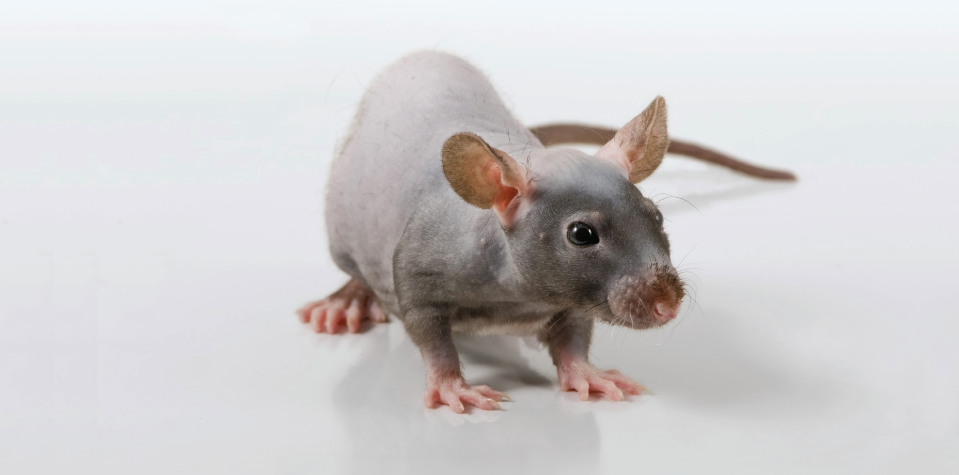
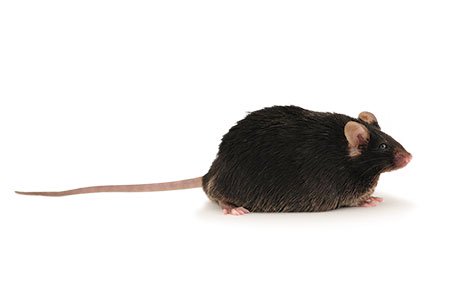
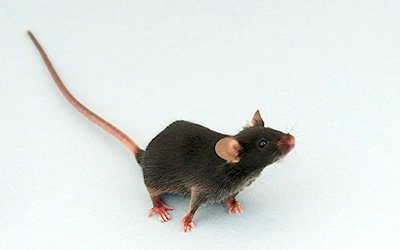
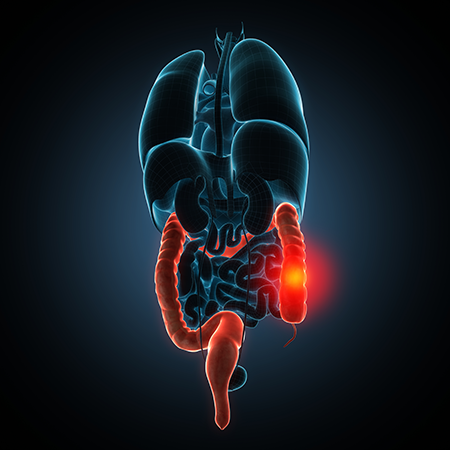
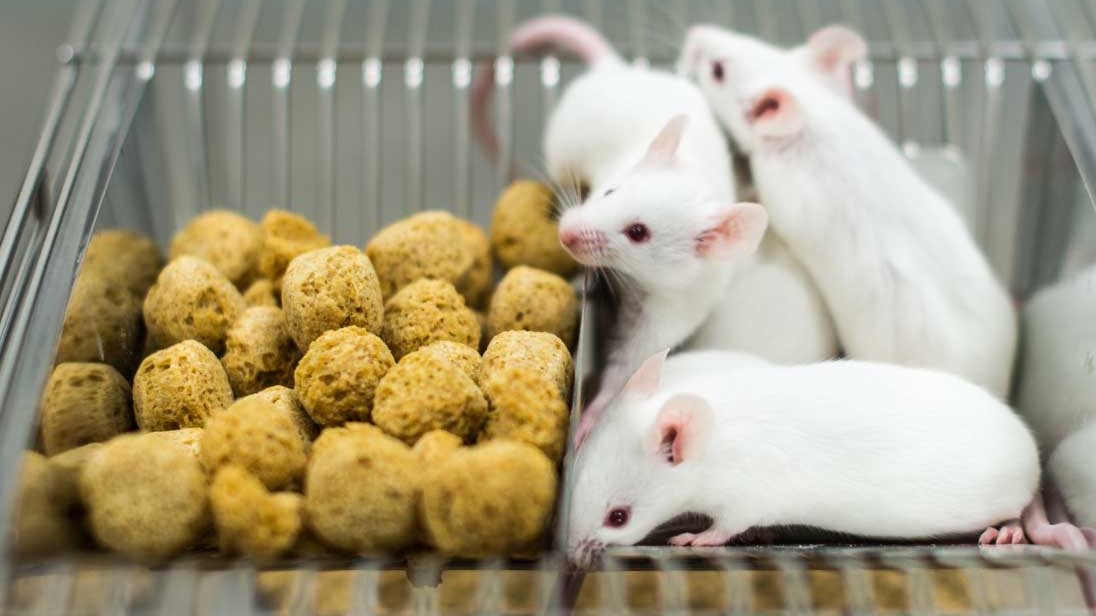


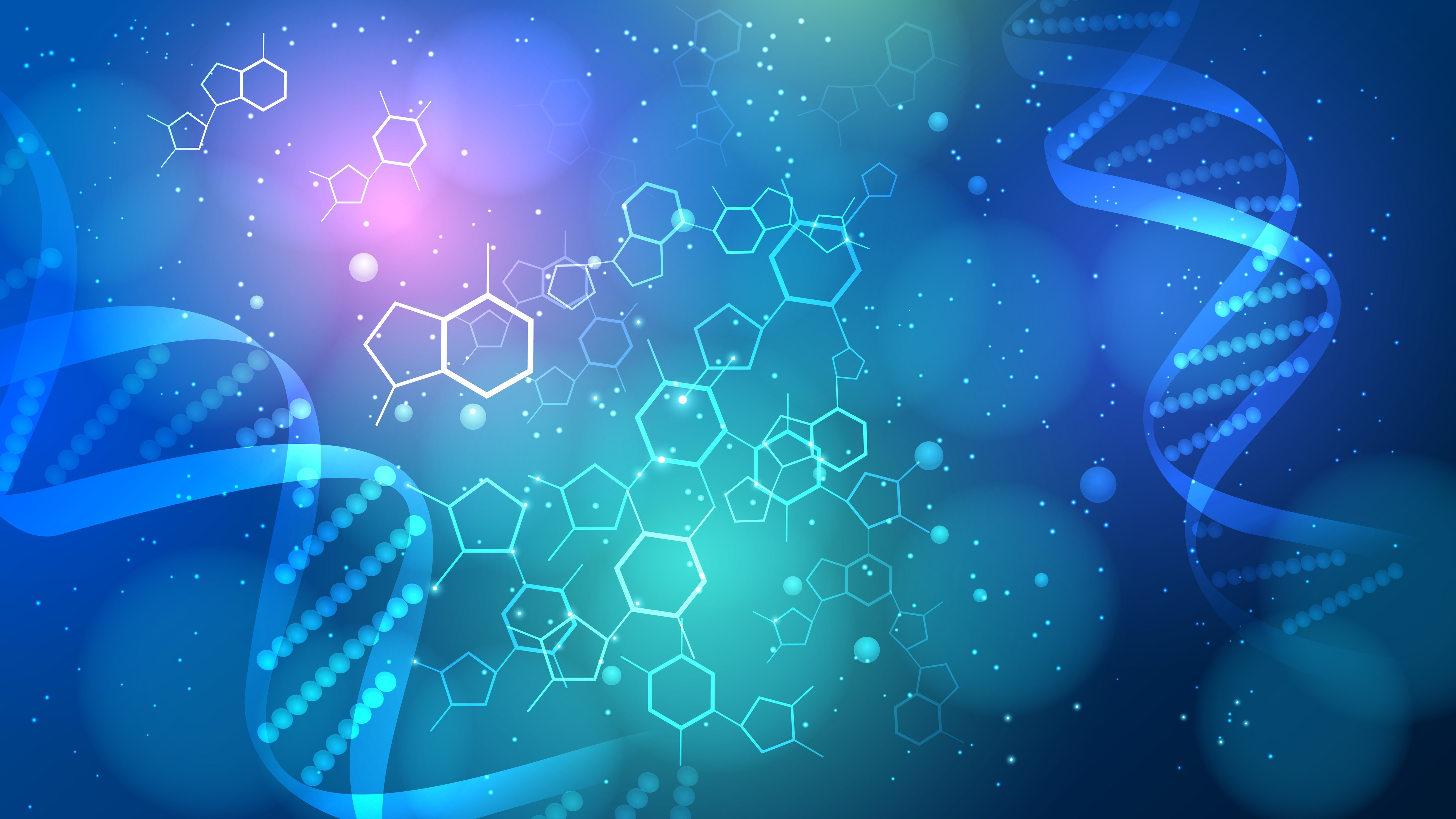
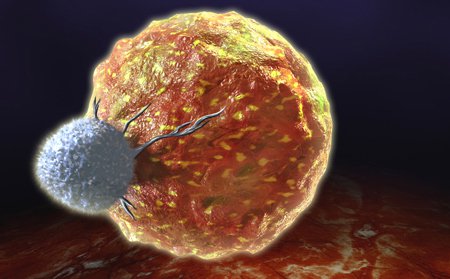


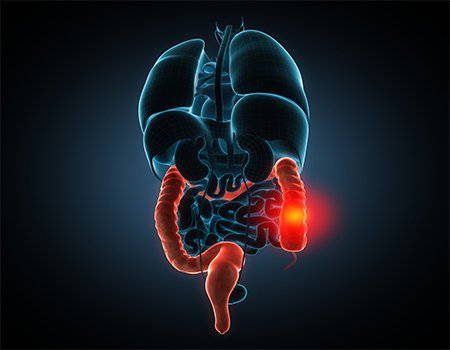

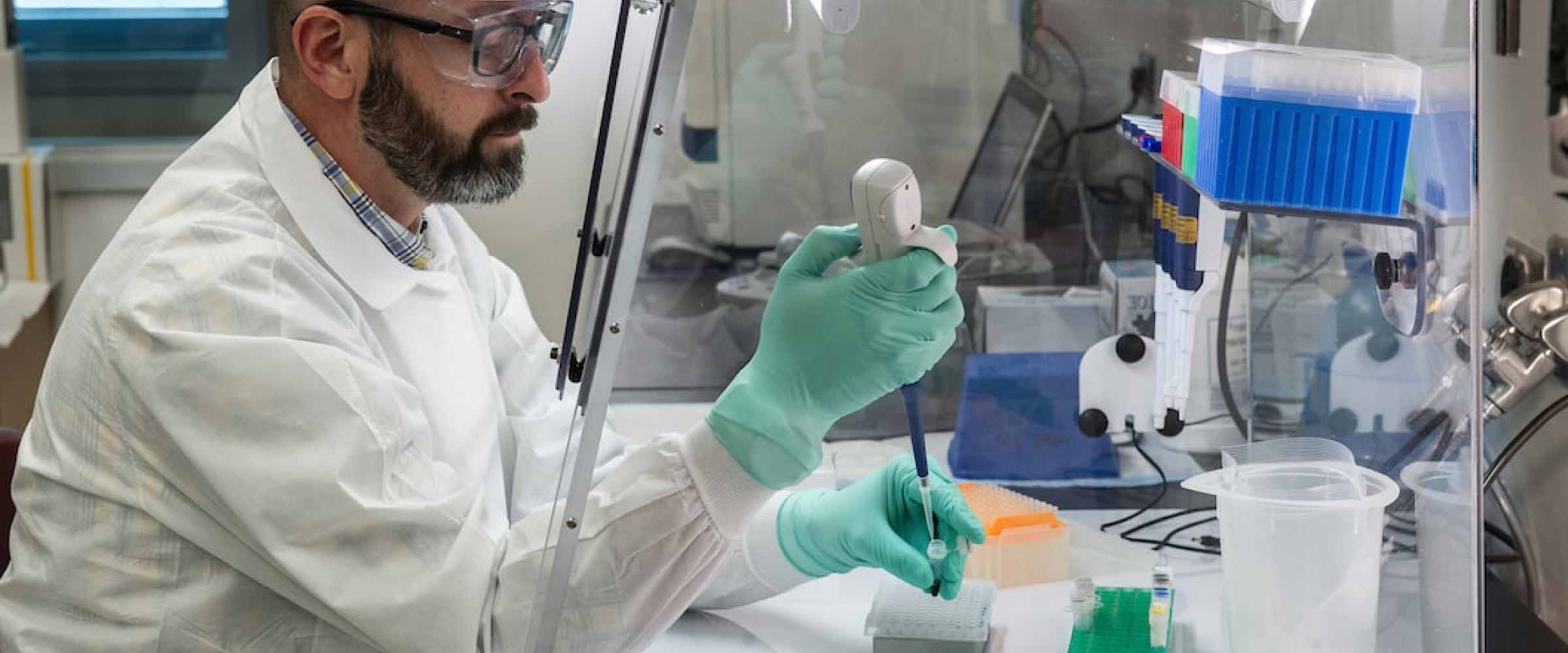
.jpg)

.jpg)
.jpg)
.jpg)
.jpg)
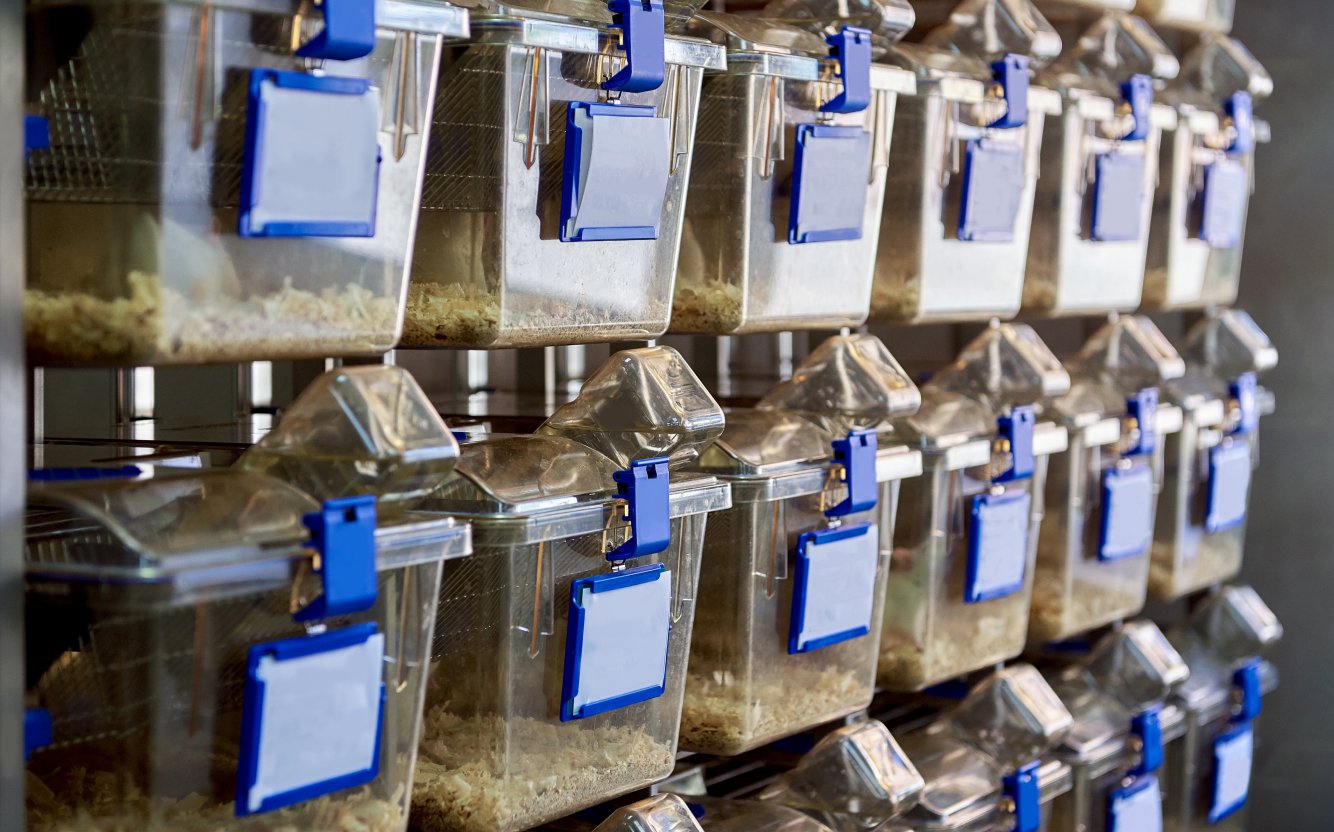
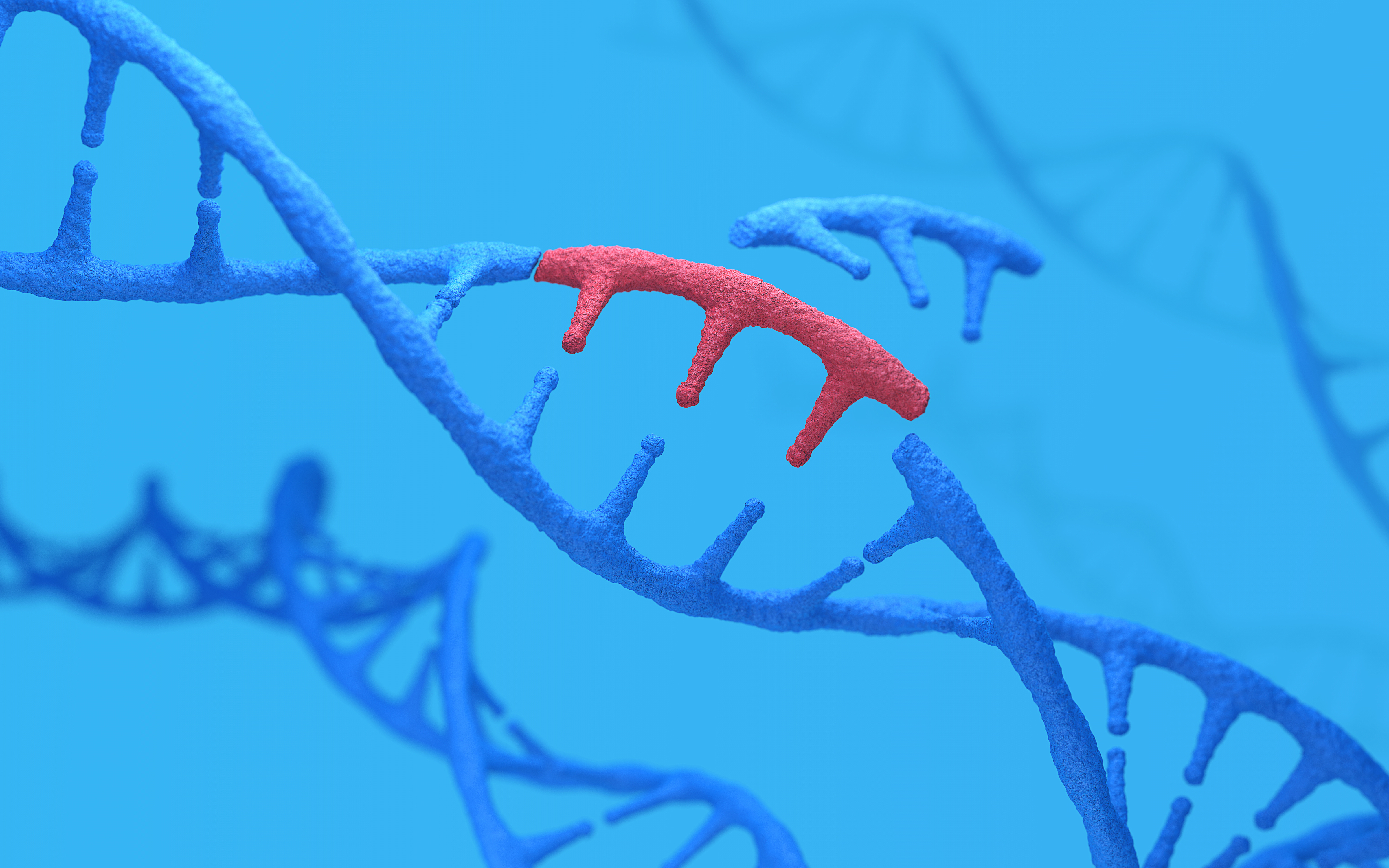
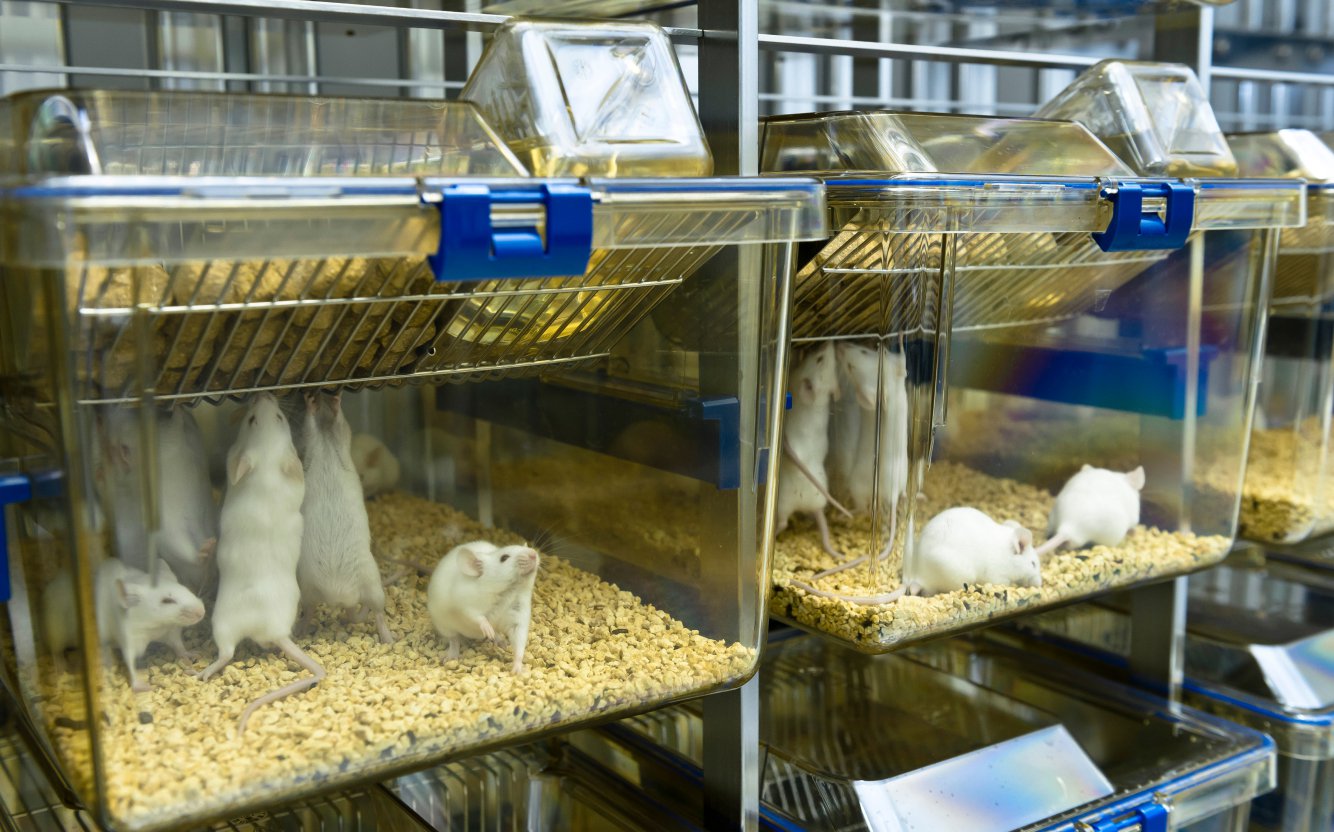
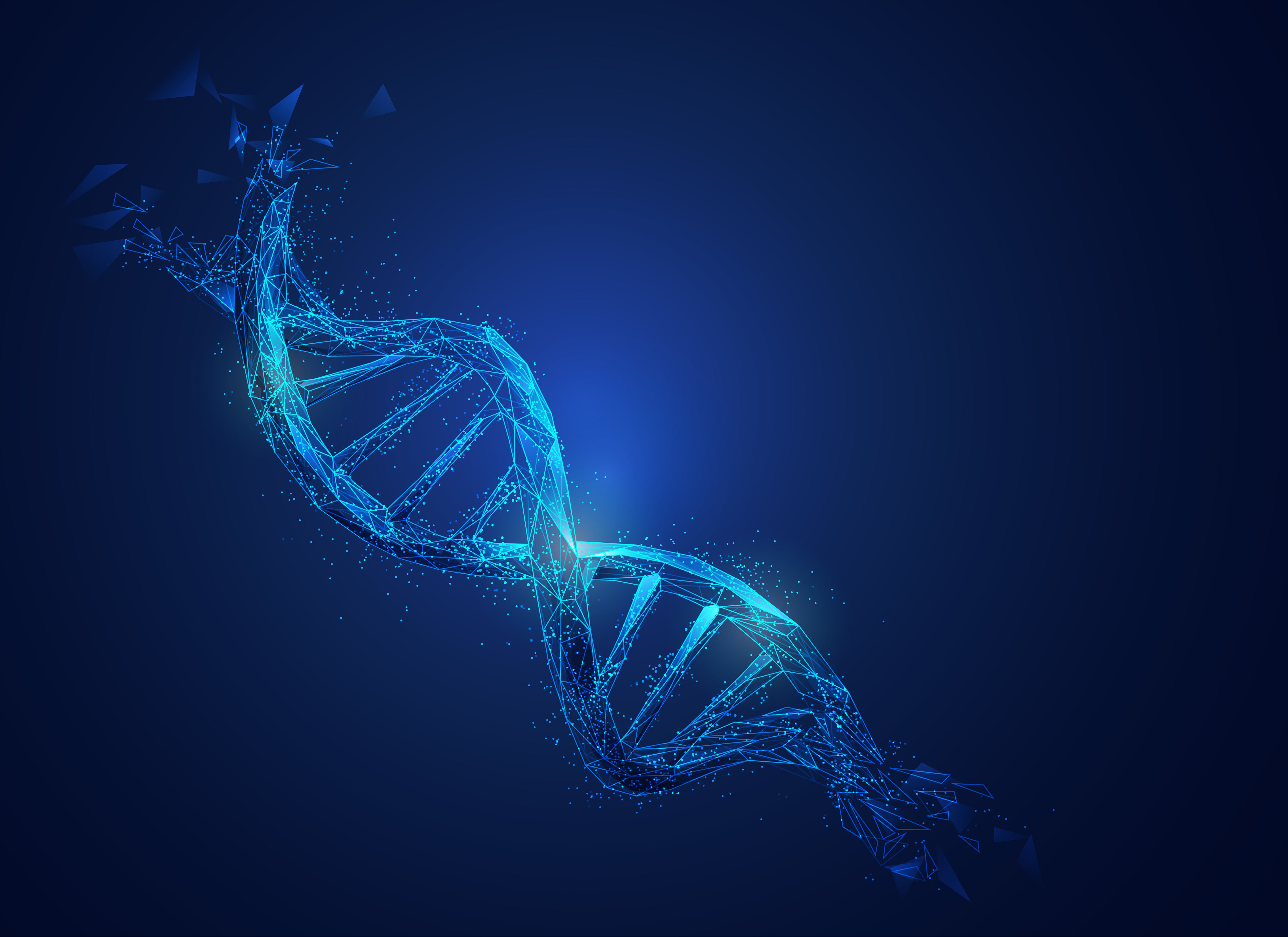
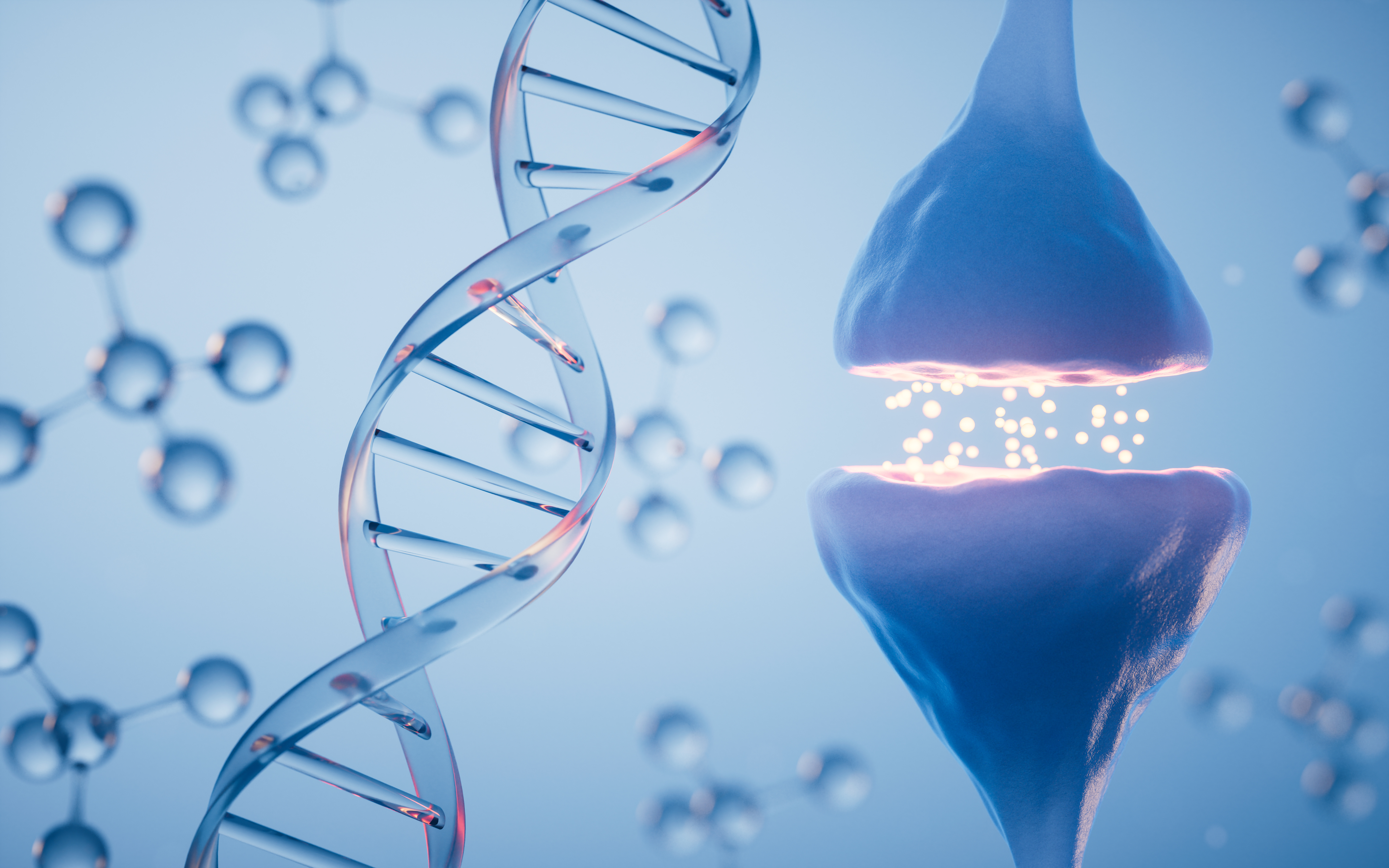
.jpg)

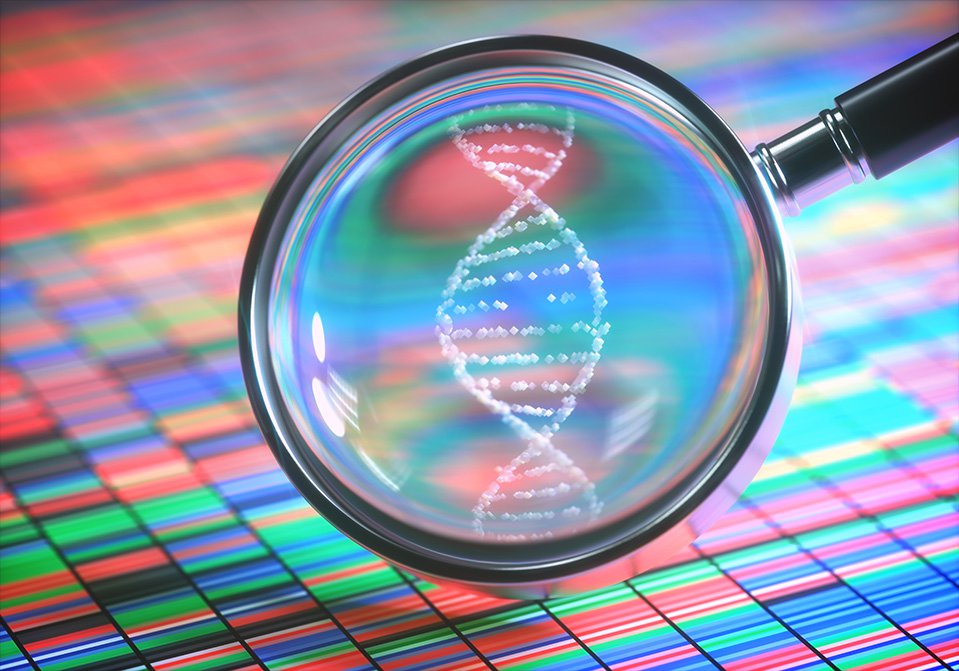
.jpg)
.jpg)

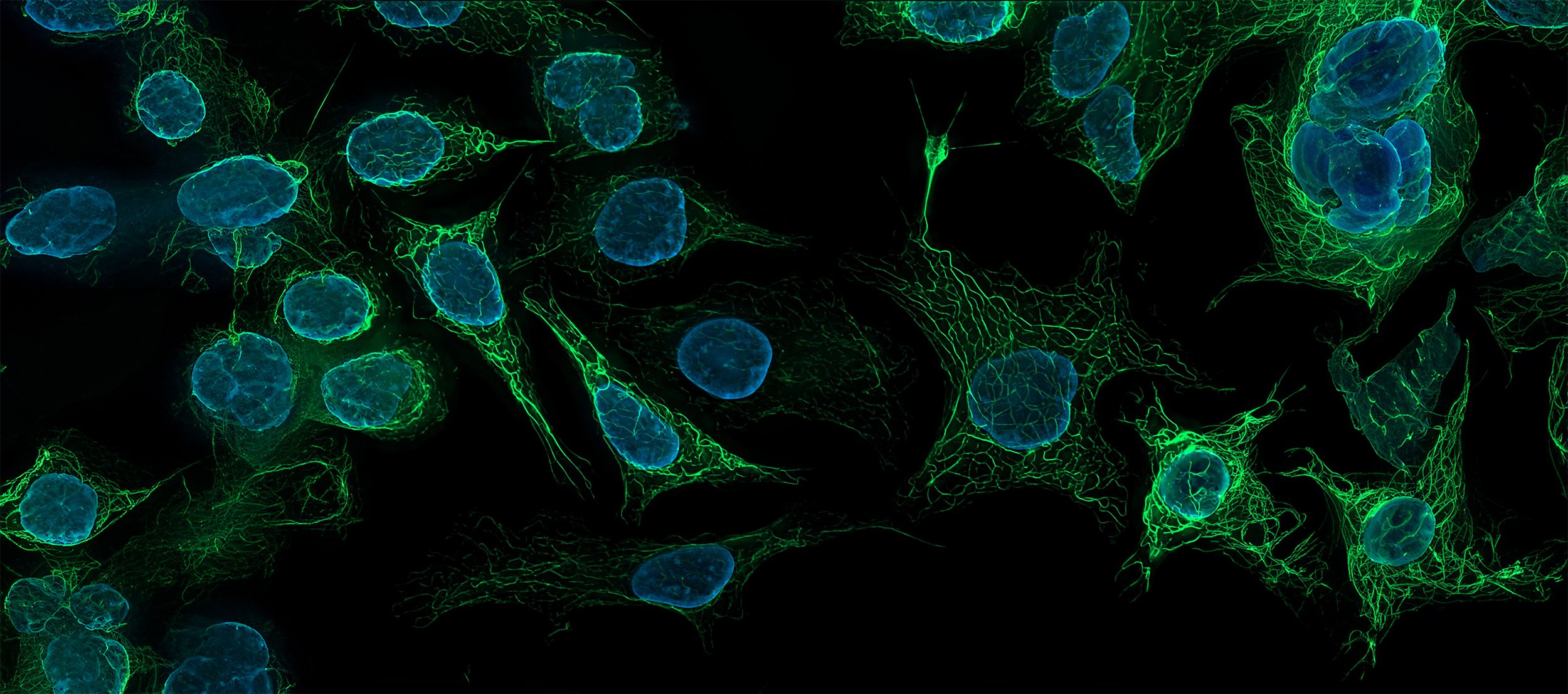
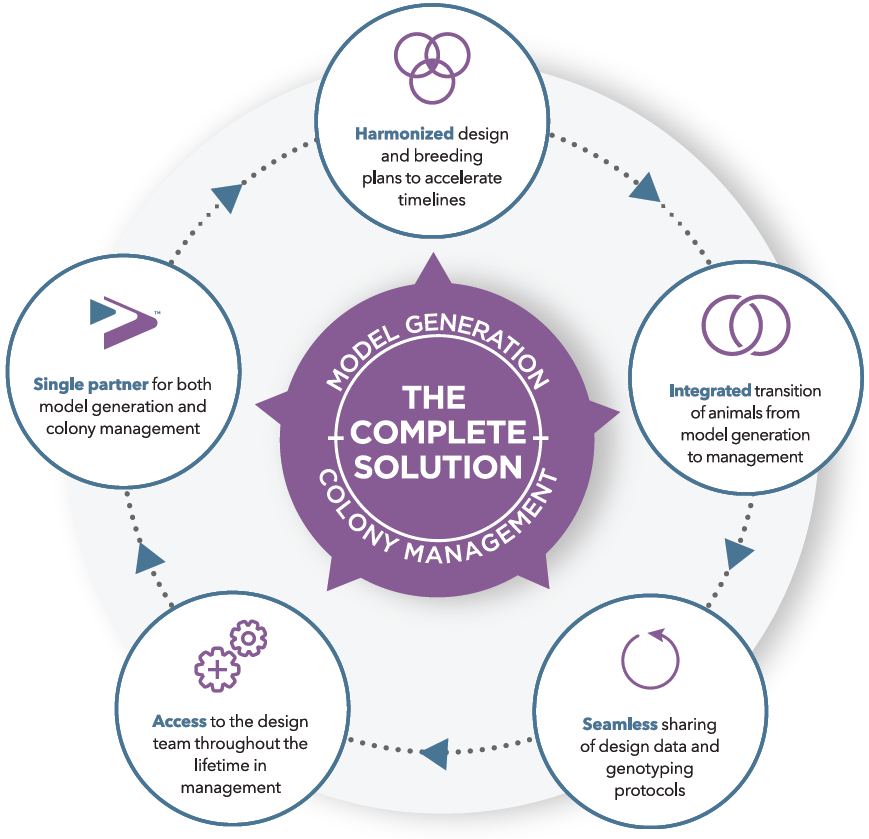
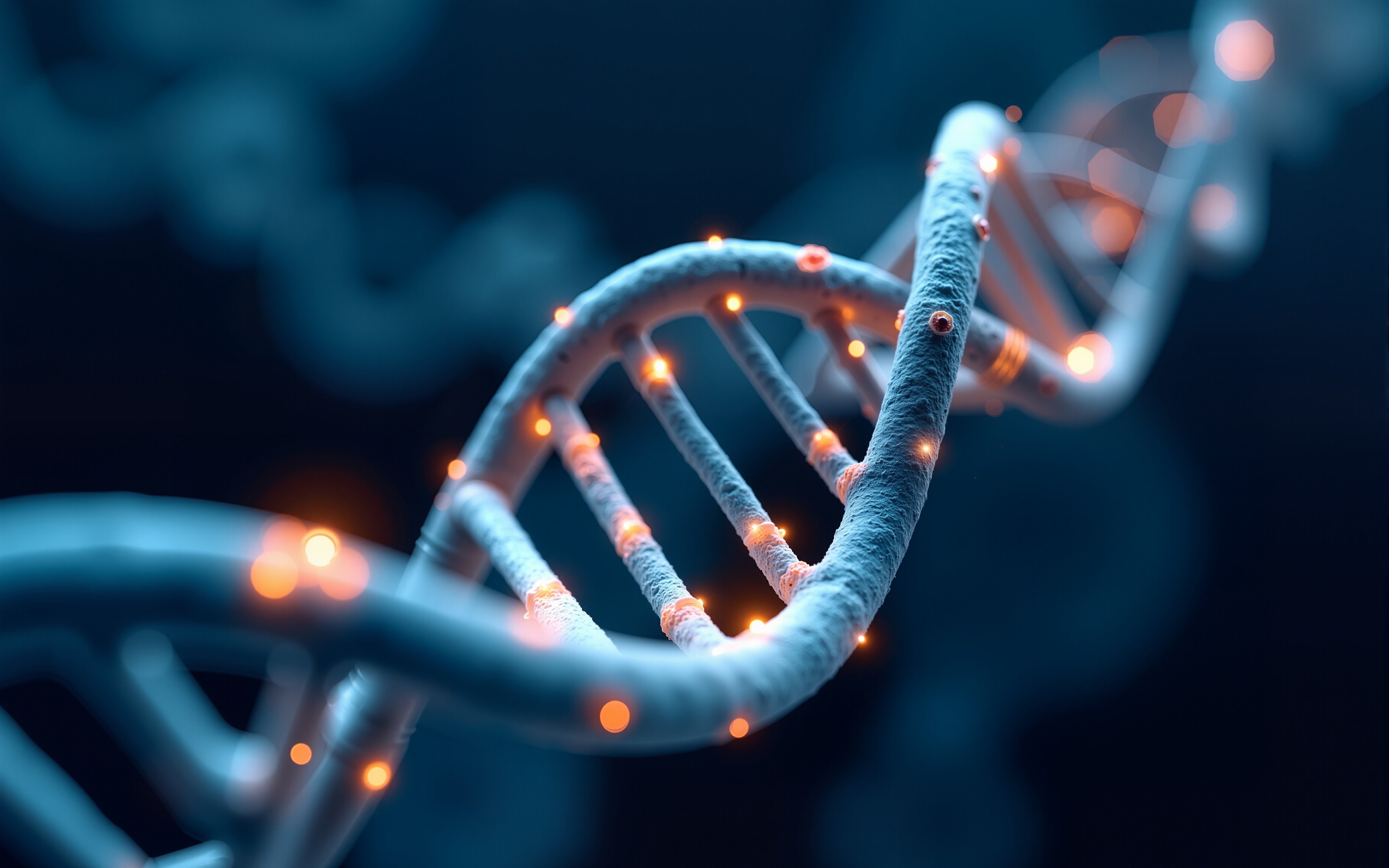
.jpg)
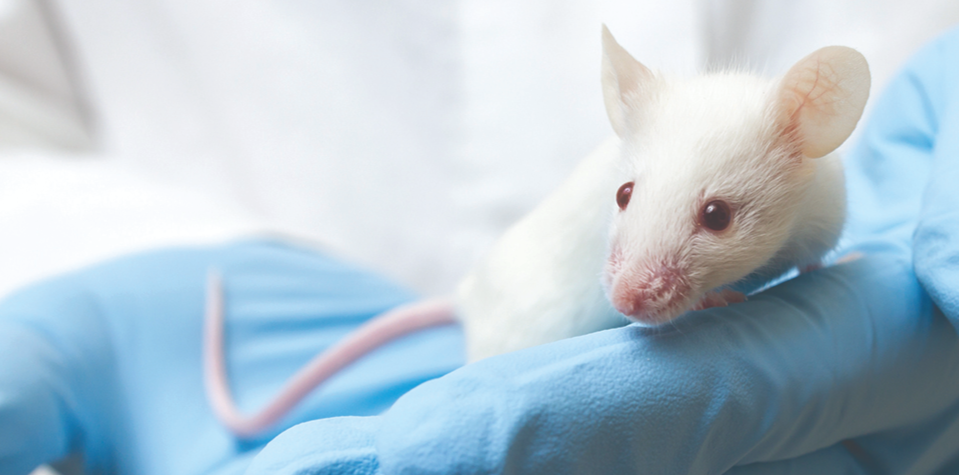

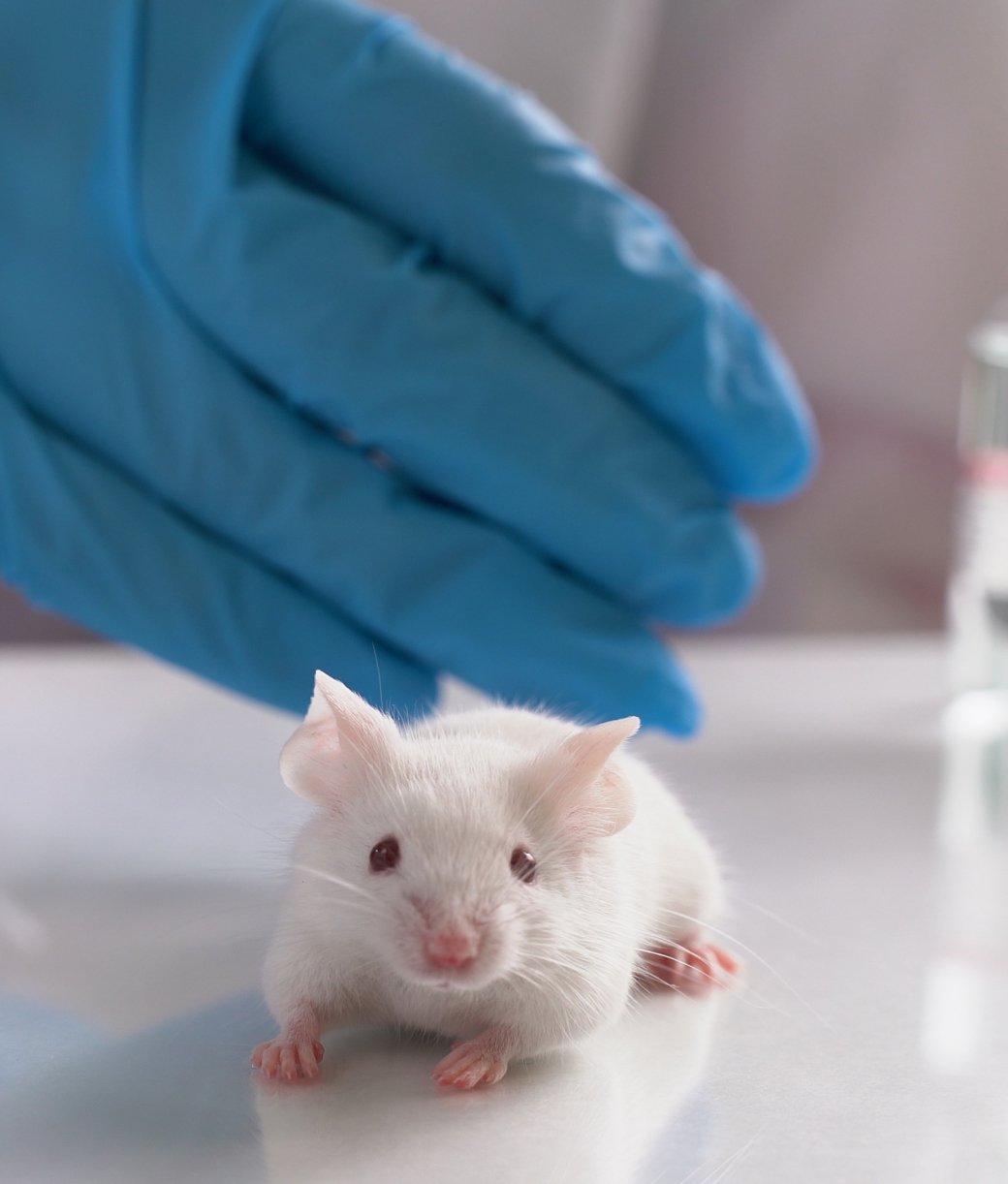

.jpg)

.jpg)




